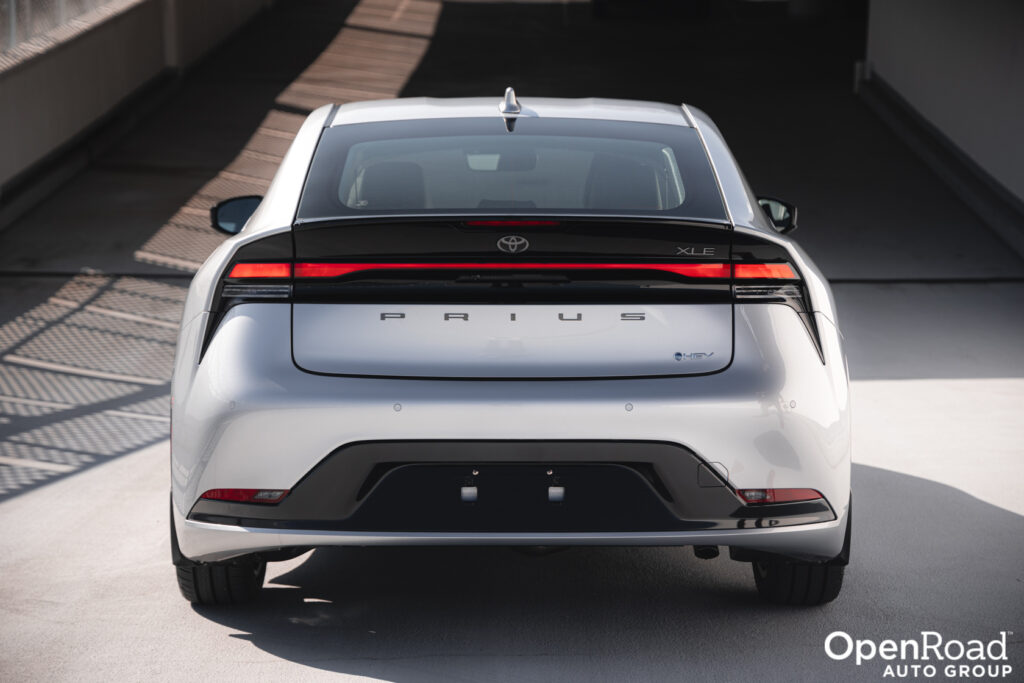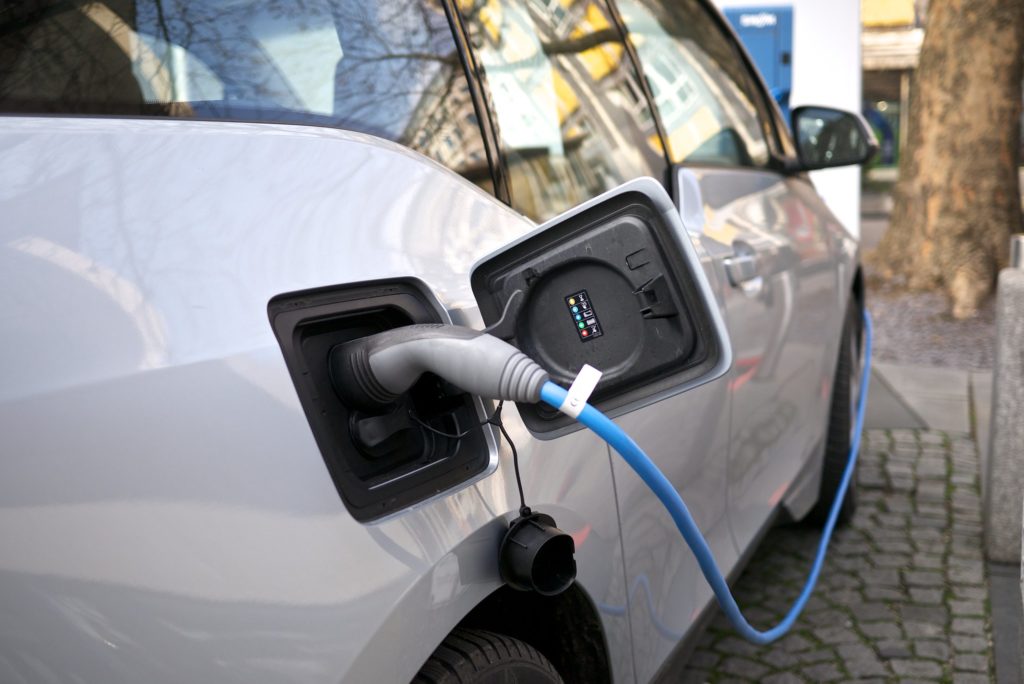Green Cars Explained – Hybrids, Plug-in Hybrids, Battery Electric, Fuel Cell

The automotive industry is going through a change at the moment. For decades, gasoline-powered vehicles ruled the roads. But, as we hit the 21st century, new electric technologies have started taking over. Though most of these electric technologies were invented in the early years of the automobile, rising fuel prices and strict government emissions mean that the days of the gas guzzler are coming to an end.
In this article, we’ll break down the four electric technologies and list their major advantages and disadvantages.
Hybrids (HEV)
Hybrid vehicles became popular thanks to cars like the Toyota Prius and Honda Insight. HEVs still use a gasoline engine, but it is augmented by electric motors. The electric motors provide some power to the wheels, thus reducing the amount of work the engine has to do, which reduces the amount of fuel that is used. For brief periods at constant speeds, the electric motors can drive the car on their own without the engine running.
HEVs tend to use a small battery, usually less than 2 kWh. It gets recharged by the engine or through regenerative braking. Regenerative braking uses the electric motors to act as generators when slowing down.
Advantages
- Increased fuel efficiency over gasoline-only vehicles
- Least expensive compared to other electric technologies
- Emit fewer greenhouse gases than gasoline-only vehicles
- Generally higher resale value than gasoline-only vehicles
Disadvantages
- Increased complexity over gasoline-only vehicles
- Slightly higher up-front cost over gasoline-only vehicles
- Still requires fuel consumption, thus adding on ownership costs
Plug-in Hybrids (PHEV)
Like hybrid vehicles, plug-in hybrids utilize both a gasoline engine and electric motors to drive the vehicle. However, unlike hybrid vehicles, PHEVs have more powerful electric motors, a larger battery, and can be plugged into a wall socket or level 2 charger to replenish the battery.
The larger battery, usually 12 to 20 kWh, enables PHEVs to drive just on electricity for approximately 40 – 60 km. If your errand or commute is less than that, you could end up not requiring to refill the gas tank for weeks or months on end. This is because PHEVs have a plug that allows you to charge up the battery from a wall socket or a level 2 charger. Should your trip be longer than the electric-only driving range, the gasoline engine can provide enough range until the gas tank is empty.
For certain makes & models of PHEVs, you can tell it to hold the battery charge for later use or you can have the engine recharge the battery. However, the latter will cause the fuel consumption to drastically increase. If the battery is depleted, PHEVs then drive as though they’re hybrid vehicles with a combination of electric and gasoline propulsion until you plug-in and recharge the battery.
Advantages
- Electric-only driving for short commutes or errands
- Can provide significant fuel savings
- Generally more powerful than hybrid vehicles
- Can be eligible for government rebates
- Recharge times are significantly less than battery electric vehicles
- No range anxiety with the gasoline engine providing power for long trips
Disadvantages
- Cost more than hybrid vehicles
- Fewer models available as PHEVs than hybrid vehicles
Battery Electric Vehicles (BEV)
As the name suggests, these are vehicles that are only driven by the power from a battery. BEVs tend to have large battery packs that can provide up to 400 – 550 km of electric-only driving. The power can drive one, two, three, or four electric motors (depending on the vehicle) with power figures ranging from as little as 200 hp to well over 1,000 hp in some cases.
The battery packs, which can range from 40 kWh to just over 100 kWh, take longer to recharge than the battery packs in PHEVs. But, because there’s no gasoline engine, there are zero tailpipe emissions from BEVs.
Advantages
- Quick acceleration
- More models to choose than PHEVs
- Zero tailpipe emissions
- Quiet and smooth powertrain
- Eligible for larger government rebates than PHEVs
- Significant savings through recharging only, with no need to fuel up with gasoline
- Less maintenance costs
Disadvantages
- Small infrastructure to support BEVs
- Range anxiety on long road trips
- Long recharge times compared to filling up with gasoline
- More expensive to buy than comparable gasoline-only or HEV / PHEV
Fuel Cell Electric Vehicles (FCEV)
Fuel cell vehicles are by far the most complex alternative fueled cars and also the rarest. Currently in 2023, only the Hyundai Nexo and Toyota Mirai are available for consumers. These types of vehicles use compressed hydrogen, from a hydrogen filling station, and oxygen, from the ambient air, to produce electricity for an electric motor that drives the car. The only tailpipe emission is H2O, or water.
An FCEV takes no longer to fill up than a normal gasoline-powered vehicle and it has a range of around 600 km. But the technology to produce such a vehicle is very complicated, expensive, and most auto manufacturers are funding battery electric vehicles instead. Additionally, hydrogen fueling stations are incredibly scarce. As of 2023, there are only four public hydrogen stations in B.C. (Vancouver, Burnaby, North Vancouver, Victoria) with more being planned, including Kelowna.
Advantages
- An abundant fuel source through hydrogen & oxygen
- No harmful tailpipe emissions
- Quick and easy to refill hydrogen tanks
- Similar driving range to gasoline vehicles
Disadvantages
- Expensive to produce and store hydrogen
- Complicated technology
- Scarce infrastructure to support FCEVs
- Similar prices to battery electric vehicles
Although government regulations are slowly phasing out gasoline-powered vehicles, their replacements are already here. Hybrid and plug-in hybrid vehicles account for the majority of alternative powered vehicles with BEVs gaining traction by the day. FCEVs are not popular at the moment, but that could all change in a decade, or less.
If you are considering an alternative powered vehicle for your next purchase, check out our current inventory. If you would like to learn more about the differences between each type of alternative powered vehicle, contact any one of our OpenRoad locations to find out more.




